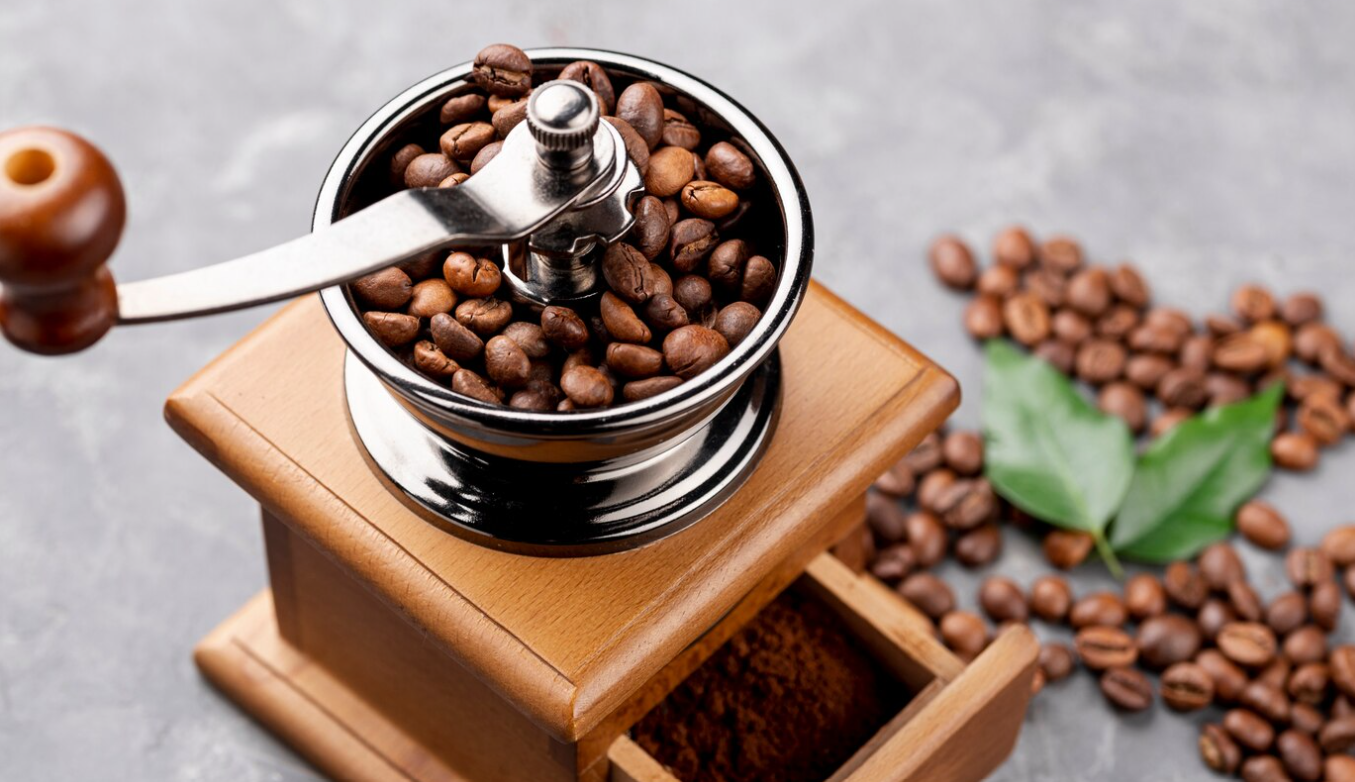Level Up Your Coffee Game: Why You Need a Coffee Roaster at Home
Home roasting gives you the best coffee flavour right as it is produced, and you improve your coffee understanding by trying different roast degrees. Our blog will direct you to enhance your coffee skills no matter how much you enjoy drinking it or how seriously you follow home brewing.
What Is Coffee Roasting and Why Does It Matter?
Coffee roasting is the process that transforms green coffee beans into the rich, aromatic beans we grind and brew. The roasting process affects your coffee's taste, aroma, and freshness by caramelizing sugars, breaking down acids, and developing complex flavour compounds. Freshly roasted coffee tastes better than store purchases because it keeps it for an extended shelf life. Home roasting puts you in charge of the coffee process so you can drink pure, no-time-fresh beans.
Benefits of Having a Coffee Roaster at Home
- Ultimate Freshness: Coffee begins to lose its finest qualities the moment roasting ends. Home-roasting delivers the most fresh coffee because you can immediately drink it at its peak taste and aroma.
- Customization: By customizing beans, you can establish the perfect roast for your preference. People who roast coffee at home can customize their beans because they can choose from light or dark roast preferences.
- Cost Efficiency: Green coffee beans offer more significant savings than roasted beans. Investing in a home roaster as your coffee habit develops will give you quality coffee savings over the long term.
- Fun & Experimentation: People derive satisfaction from roasting their own coffee beans. Involving yourself in roasting allows you to get creative while producing more satisfying coffee each morning.
Choosing the Right Coffee Roaster for Your Home
One can select between three main types of home coffee roasters, such as air and drum roasters, together with stovetop roasting methods. Air roasting produces evenly baked beans through hot air irrespective of batch size, but drum roasting creates bottomless traditional roasts. Homeowners can roast their beans using cheap stovetop methods, but the application needs consistent human supervision. Consider size, budget, and ease of use when choosing a roaster. Beginners can start with popular models like the Fresh Roast SR800 or the Behmor 2000AB for a balance of simplicity and control.
Step-by-Step Guide to Home Coffee Roasting
- Selecting Green Beans: Choose high-quality green beans from trusted sources. The bean origin, processing method, and variety all influence the final flavour.
- Set Up Your Roaster: Establish a proper ventilation area because roasting produces significant smoke emissions. Preheat your roaster if needed.
- Roasting Process: After the first crack (light roast), beans will proceed to the second crack (medium to dark roast). The temperature and duration should be modified to achieve your preferred flavour characteristics.
- Cooling & Storing: Immediately after roasting coffee beans, you should start the fast cooling process because long heat exposure leads to overcooked results. Container storage for beans requires airtight sealing and placement in a dark and cool area for 12 to 24 hours, after which gases will escape.
Troubleshooting Common Roasting Issues
- Under-roasted or Over-roasted: Sour or grassy? It might need more time. Bitter or burnt? To achieve the desired result, reduce both the heat temperature and the duration of the roasting period.
- Managing Smoke and Airflow: Roasting should be performed near open windows and under ventilation equipment, and indoor roasting of big batches should be limited when no ventilation exists.
- Proper Storage: Don't refrigerate them. Place your coffee beans in a tightly sealed container to keep them cool in dark conditions.
Brewing the Best Coffee with Home-Roasted Beans
- Matching Roast Levels with Brewing Methods: Light roasts work well with pour-over and AeroPress, while medium roasts suit drip coffee and espresso. Dark roasts are ideal for French press and espresso.
- Grinding and Extraction: Freshly grinding your beans before brewing ensures maximum flavour. A burr grinder offers better consistency than a blade grinder.
- Perfecting Your Brew: Experiment with water temperature, grind size, and brew time to highlight the best flavours in your coffee.
Future Trends in Home Coffee Roasting
- Improved Roasting Technology: New roasters offer better temperature control and automation, making it easier for home users to achieve consistent results.
- Sustainable Coffee Practices: More home roasters seek ethically sourced beans and adopt eco-friendly roasting methods.
- Rise of the Home Barista Movement: With more people investing in quality coffee gear, home roasting is becoming a key part of the specialty coffee experience.
Final Thoughts
Roasting coffee at home is a game-changer for anyone who loves coffee. It offers fresher flavours, customization, and an enjoyable hands-on experience. If you're new to roasting, start small, experiment with different beans, and refine your skills over time. Coffee is more than just a drink—it's an art and a passion. You control your coffee journey by roasting beans, making each cup unique.



